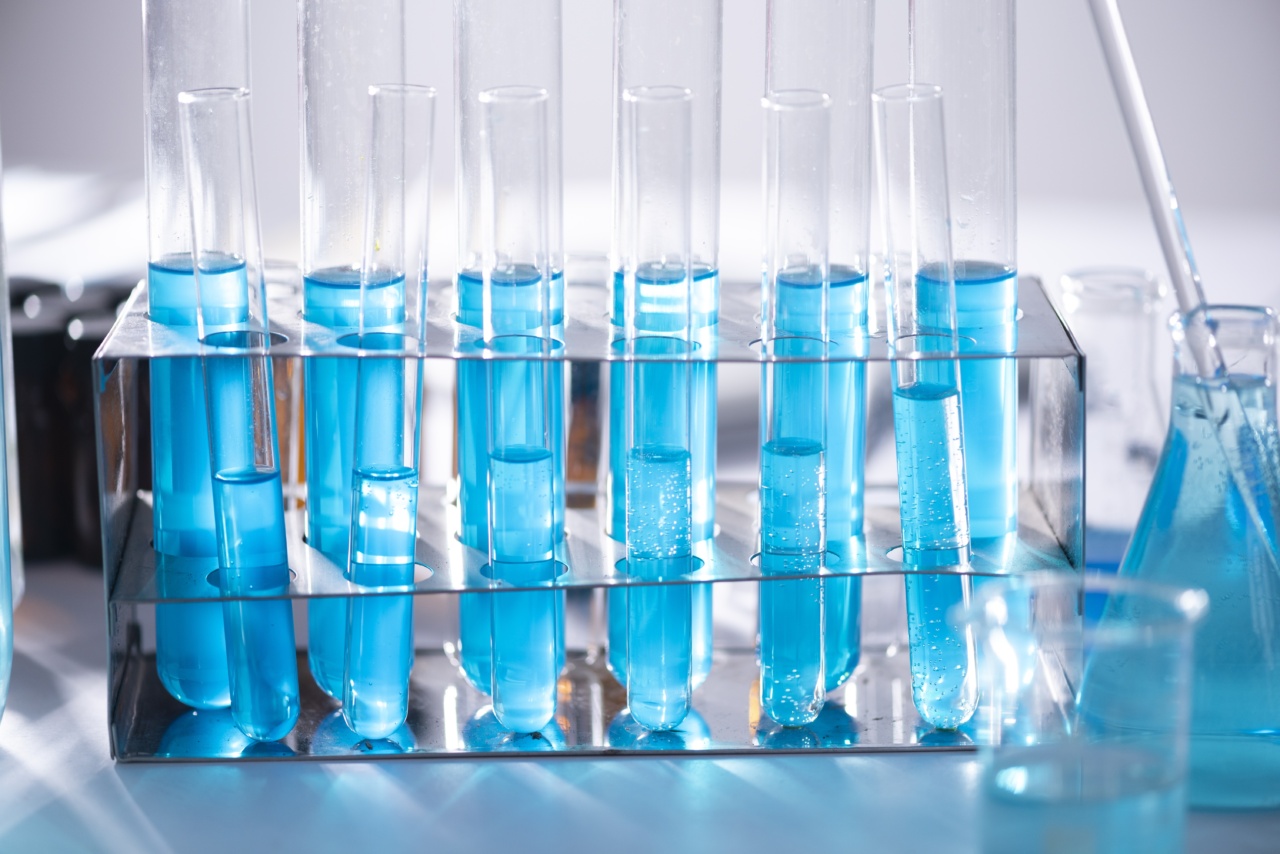Autism is a complex, neurodevelopmental disorder that affects communication, behavior, and social interaction.
Scientists have been studying the causes of autism for many years, but the exact mechanisms that lead to this condition are not fully understood. In recent years, there has been increasing interest in the role that bacteria, particularly gut bacteria, may play in the development of autism.
The Gut-Brain Axis
The gut and the brain are more closely connected than many people realize. This connection is known as the gut-brain axis, which is a complex communication network between the gut, the nervous system, and the immune system.
Researchers have been studying the gut-brain axis for many years and have discovered that changes in the gut can affect the brain, and vice versa.
The gut is home to trillions of bacteria, which play an essential role in digestion, metabolism, and immune function.
These bacteria communicate with the nervous system through various pathways, including the production of neurotransmitters and the activation of immune cells. In recent years, scientists have discovered that changes in the gut microbiome, which is the collection of bacteria and other microorganisms in the gut, may play a role in the development of autism.
The Microbiome and Autism
Studies have shown that children with autism have a different gut microbiome than typically developing children.
These differences include lower diversity, altered microbial populations, and reduced levels of beneficial bacteria, such as Bifidobacterium and Lactobacillus. The gut microbiome in children with autism also appears to have a higher level of inflammation, which may contribute to the development of autism.
One theory is that disruptions to the gut microbiome in early childhood may have a negative impact on brain development, leading to an increased risk for autism.
Gut bacteria produce a wide range of metabolites and other compounds that can affect brain function, including neurotransmitters like serotonin and GABA. These compounds may influence the development of the brain in early life and may contribute to changes in behavior and cognition later in life.
The Role of the Immune System
Another factor that may contribute to the link between bacteria and autism is the immune system. The gut is home to a large number of immune cells, which help to protect against infection and inflammation.
In children with autism, the immune system appears to be dysregulated, leading to increased levels of inflammation in the gut and throughout the body.
Research has shown that inflammation during early brain development may interfere with the formation of neural connections and lead to changes in brain structure and function.
Inflammation can also affect the production and activity of neurotransmitters, which are important for brain function and behavior. It is possible that chronic inflammation in the gut may contribute to the development of autism or exacerbate symptoms in children who are already diagnosed with the condition.
Other Factors
The link between bacteria and autism is complex, and other factors also play a role in the development of this condition.
Genetics is one of the most important factors, and researchers have identified several genes that are associated with an increased risk of autism. Environmental factors, such as exposure to toxins and chemicals, may also contribute to the development of autism.
In addition, some researchers have suggested that changes in the gut microbiome may be a consequence of autism, rather than a cause.
It is possible that some of the behaviors and dietary patterns associated with autism may alter the gut microbiome and lead to changes in bacterial populations and metabolic activity.
Conclusion
The link between bacteria and autism is an area of active research, and there is still much to learn about this complex relationship.
However, evidence suggests that changes in the gut microbiome and the immune system may contribute to the development of autism or exacerbate symptoms in children who are already diagnosed with the condition. Further research is needed to better understand the mechanisms that underlie this relationship and to develop targeted interventions that may help to improve the outcomes for children with autism.































